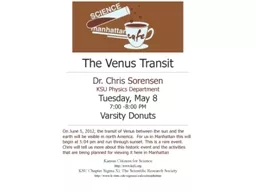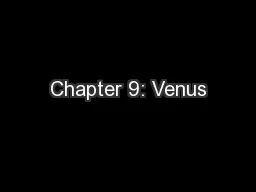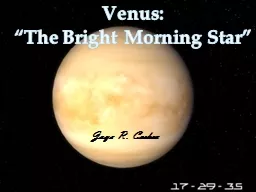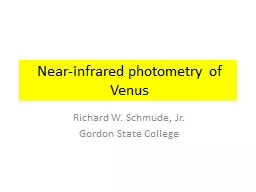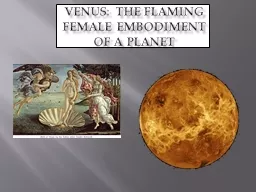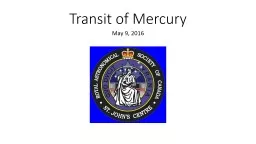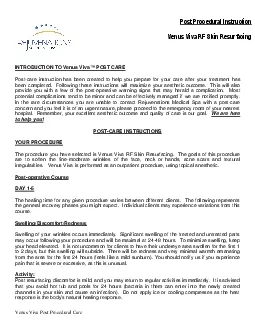PPT-The 2012 Transit of Venus
Author : min-jolicoeur | Published Date : 2017-06-27
Chris Sorensen KSU Physics A transit is when one astronomical body p asses in front of another relative to us a nd you can still see much of the other Venus and
Presentation Embed Code
Download Presentation
Download Presentation The PPT/PDF document "The 2012 Transit of Venus" is the property of its rightful owner. Permission is granted to download and print the materials on this website for personal, non-commercial use only, and to display it on your personal computer provided you do not modify the materials and that you retain all copyright notices contained in the materials. By downloading content from our website, you accept the terms of this agreement.
The 2012 Transit of Venus: Transcript
Download Rules Of Document
"The 2012 Transit of Venus"The content belongs to its owner. You may download and print it for personal use, without modification, and keep all copyright notices. By downloading, you agree to these terms.
Related Documents

